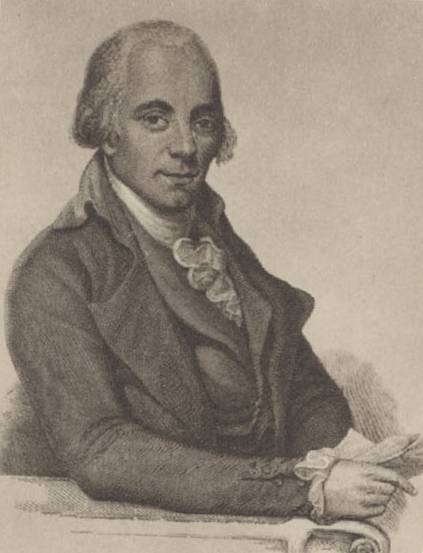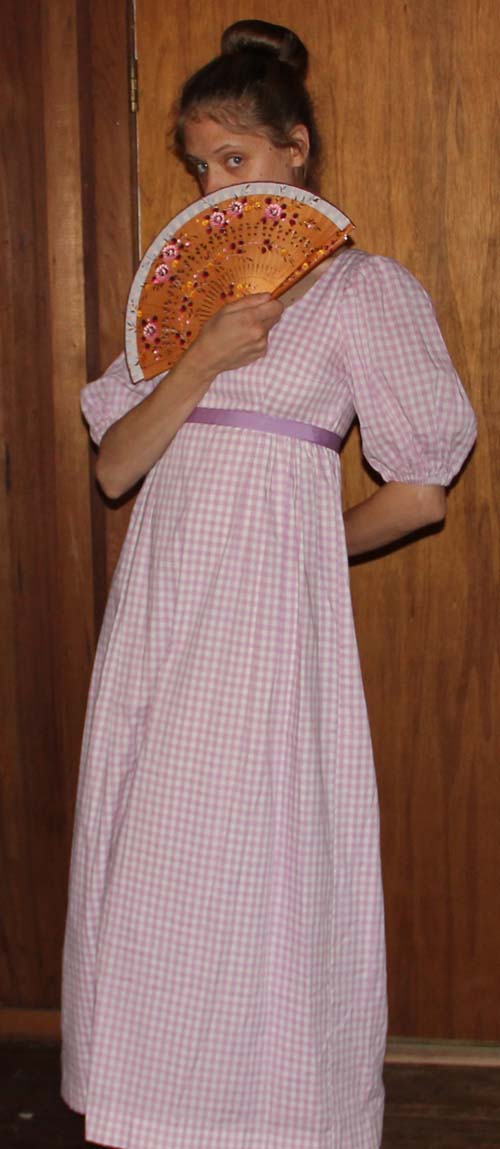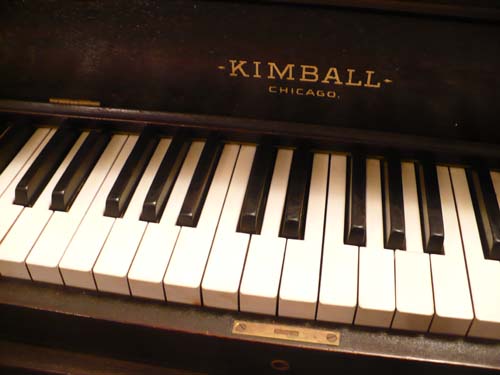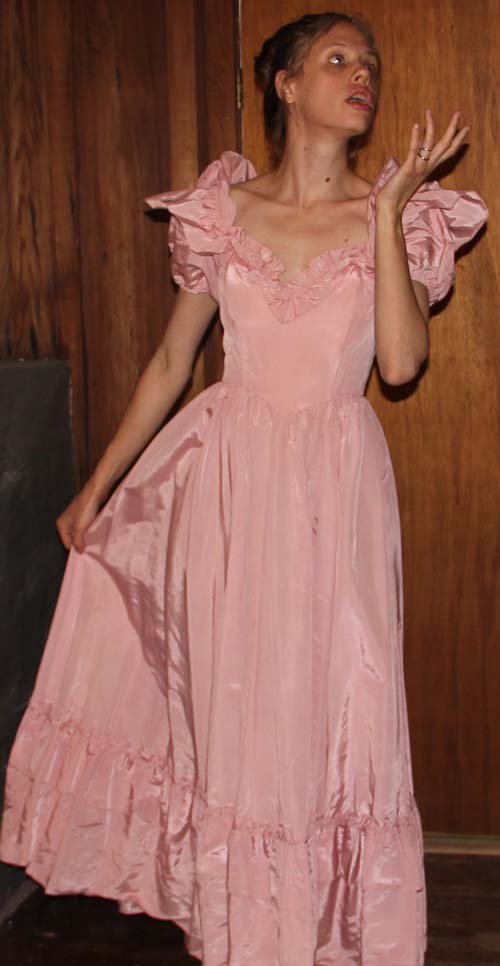Our Lady
December 12th, 2012
Our local hamlet is putting on a Christmas Musicale later this month. In addition to singing a shaky soprano in the choir, I’m also taking part in a girls trio doing Ave Maria. We’re using Schubert’s setting, since it’s probably the most familiar these days — thanks to Frank Sinatra, et al.
What I didn’t know was that Schubert, who composed the iconic melody and cascading arpeggio accompaniment in 1825, didn’t write it for the Latin prayer. It was part of his seven-song cycle for a German translation of Sir Walter Scott’s Lady of the Lake. I’ll pause a moment while that sinks in. Or maybe you already knew, and I am the only one floored by this revelation, courtesy Wikipedia.

Illustration from Lady of the Lake
Perhaps it hits me particularly hard, since Lady of the Lake is one of my absolute favorites.
He goes to do what I had done,
had Douglas’s daughter been his son…
Doesn’t it just send thrills up your spine? Apparently, Schubert wrote Ellens dritter Gesang (Ellen’s Third Song) for a point in the poem where Ellen prays to the Virgin Mary on behalf of her embattled Highland clan. Here it is in English:
Ave Maria! maiden mild!
Listen to a maiden’s prayer!
Thou canst hear though from the wild;
Thou canst save amid despair.
Safe may we sleep beneath thy care,
Though banish’d, outcast and reviled –
Maiden! hear a maiden’s prayer;
Mother, hear a suppliant child!
Ave MariaAve Maria! undefiled!
The flinty couch we now must share
Shall seem this down of eider piled,
If thy protection hover there.
The murky cavern’s heavy air
Shall breathe of balm if thou hast smiled;
Then, Maiden! hear a maiden’s prayer,
Mother, list a suppliant child!
Ave Maria!Ave Maria! stainless styled.
Foul demons of the earth and air,
From this their wonted haunt exiled,
Shall flee before thy presence fair.
We bow us to our lot of care,
Beneath thy guidance reconciled;
Hear for a maid a maiden’s prayer,
And for a father hear a child!
Ave Maria.
The German pronunciation is a bit beyond me at the moment, but you can bet I’m gonna learn it! I should probably try to dig up the other six songs as well. If this is Ellen’s third, that means at least two more are for soprano…
Sonatina
May 21st, 2012
I love musical terminology. It’s all so, well musical. Or perhaps Italian is simply a lyrical language. Which leads one to wonder how they happened to choose Italian for musical notation. But that’s another story altogether.
I’ve been re-learning Clementi’s Sonatinas lately and, while trying to master a particularly thorny bit of fingering, began to wonder whether the sonatina form had any particular characteristics. Turns out, sonatina simply means a little sonata. (Sonata being a piece of music that is played, not sung, derived from the Latin sonare, “to sound” — thank you Wikipedia).
Unlike a sonnet (I’ve been reading Edna St. Vincent Millay), or even a sonata, the sonatina has no formal requirements of form. It’s just a collection of movements, unspecified in number, character, or arrangement, and is too short or too simple to make a fully formed sonata.

Muzio Clementi (1752-1832) was a prolific Italian composer and noted pedagogue. He wrote a series of sonatinas for his piano students in 1797 and I am testament to the fact that they were still in use 200 years later when I was winding up my own stint as a piano student. You can learn more about the “father of the pianoforte” from the Clementi Society.
I can’t resist sharing the following excerpt from the introduction to my “Schirmer’s Library” edition of Clementi’s Sonatinas. It was written by Philip Hale in 1893 and is a good argument for writing your own biographical blurb now if you intend to be posthumously published.
“The career of Clementi was remarkably free from the adventures, the disappointments, the reverses, that are so often connected with the artistic life. It was so free from romance that the biographers of the last century felt obliged to invent incidents of passion. He was a favorite in society, for his manners were elegant, and he was always a cheerful and entertaining companion. He enjoyed a game of billiards, but he was frugal in his habits. He was exceedingly fond of money, and many amusing stories are told of his stinginess. He was industrious, and often gave fifteen hour-lessons a day at a guinea a lesson. It is unnecessary to add that by teaching, playing, composing, improvements in the pianoforte, and a diligent pursuit of business, he was able to leave a large fortune.”
Oh my.
Gingham Gown
May 5th, 2012
After all the careful deliberation over whether to wear the blue velveteen dress or pink ball gown, it turns out I will be singing tonight in purple gingham.

This may not strike you as the ideal dress for Lehar’s Merry Widow to wear to the ball, but there’s a very good reason it won out. I finally saw the costumes that everyone else would be wearing (this is a remount of a show from last summer — my singing sweetheart and I are last minute substitutions) and it turns out that of the four other women in the show, three are in gingham skirts. So this was really the best choice for the overall effect in our ensemble numbers.
The one down side is that the ankle-length skirt of this empire-style frock is rather narrow. Too narrow in fact for me to open my legs to play the cello! It was decided that the best remedy is to wear purple tights and simply hike it up over my knees when I play. Not exactly what you’d call a lady-like solution, but oh well.
If you’d care to know, I came by the dress through inheritance. It was sewn by my Aunt Linny when she was in high school. She inherited the sewing gene too, even minoring in fashion design.
Waltzing Away
May 3rd, 2012
Our new house came with a beautiful (and very special as it belonged to one of our dear friends) baby grand piano on long-term loan. It’s been more than a decade since I’ve lived with a piano, and I had no idea how much I missed having one around!

I guess I’ve got waltzes on my mind. In between practicing “Merry Widow Waltz” for the upcoming show, I’ve been reacquainting myself with songs learnt in piano lessons of yore. Including my favorite by Chopin, his Grande Valse Brillante.
Turns out it was written in 1833 and published in 1834 by the prolific Polish composer. I started learning it in the early1990s, and will probably never play it very well. Especially the movement with all the little grace notes…
Here, mostly to satisfy your insatiable curiosity, o best beloveds, is a recording I made this morning of the first two movements, mistakes and all.
There’s just something wonderful about a waltz!
Help Me Choose a Costume!
April 24th, 2012
I’ve already revealed that I’m going to do the unthinkable — sing in public. I also have to play the cello briefly during the same program. So of course the question arises, what to wear, WHAT TO WEAR?
The theme of the concert is early 20th-century American music and I initially planned to drag out my Edwardian duds (see the picture at the bottom of this post). But that would require a corset. And I’ve gained five pounds in the last three months (doughnuts and steak). And I already have trouble breathing when I sing.
So…the search begins. Luckily I’ve recently been reunited with a lifetime of costumes rescued from my (ever-patient) mother’s attic. Some fantastic pieces that I should never have used for “dress-up,” a few that should have died long ago, and many just plain goofy get-ups.

This is the current front runner. It’s royal blue velveteen with a back zip and sash and elasticized sleeves. Very comfortable. I have no idea where it came from. It’s built like a costume — and come on, who would wear a floor-length velveteen dress if they weren’t on stage? On the other hand, it’s pretty conservative for theater and has standard care tags as though it were factory made. There’s absolutely no pressure on my abdomen in this dress, and it is more than flexible enough for celloing. The color definitely suits me too, and would lend itself to delicate jewels or pearls.
Here’s dress number two:

It’s a vintage Gunnie Sax formal in pink taffeta, probably from the mid 1980s. Yep, those are fabric roses on each shoulder. I adore this dress and wore it to my thirteenth birthday party (my indulgent parents dressed up like a French maid and butler and threw a “murder-mystery” sleep over with my hamster, Edward Bringhurst IV, as the hapless “victim”). It’s a perfect waltz gown, and also comfortable enough for singing and playing. I’d pair it with some vintage rhinestone jewelry and a large hair-do. The downsides include a skirt that screams for crinoline (which I haven’t got), shoulders that insist on slipping at awkward moments, a rather scanty neckline, and a color that washes me out.
What do you think? Help me choose!
Trying to project Elisabeth Schwarzkopf…
Older Posts »